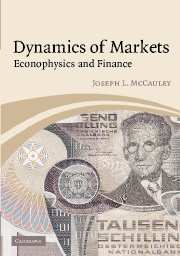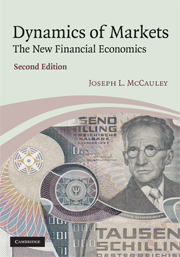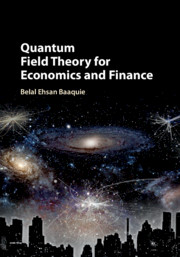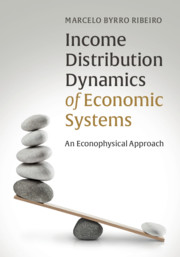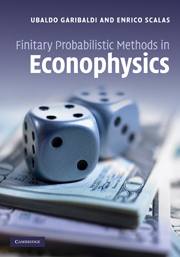Dynamics of Markets
Standard texts and research in economics and finance ignore the absence of evidence from the analysis of real, unmassaged market data to support the notion of Adam Smith's stabilizing Invisible Hand. The neo-classical equilibrium model forms the theoretical basis for the positions of the US Treasury, the World Bank and the European Union, accepting it as their credo. It provides the theoretical underpinning for globalization, expecting to achieve the best of all possible worlds via the deregulation of all markets. In stark contrast, this text introduces a empirically based model of financial market dynamics that explains volatility, prices options correctly and clarifies the instability of financial markets. The emphasis is on understanding how real markets behave, not how they hypothetically 'should' behave. This text is written for physics graduate students and finance specialists, but will also serve as a valuable resource for those with a less mathematical background.
- Shows that Adam Smith's famous 'Invisible Hand' is unreliable
- Provides an alternative model of dynamics of markets and options pricing
- Formulates finance theory by using Green functions
Reviews & endorsements
'… a refreshing text about the main ideas of econophysics.' International Statistical Institute
'… not merely an incremental improvement, but … a major improvement of the Black-Scholes theory.' Zentralblatt fur Mathematik
'… excellent little book … McCauley … fully takes on board the volatility of the markets.' Steven Bishop, University College London
'… well written. The reader is not burdened with lengthy accounts and lots of plots of outdated data … This is an important contribution to the understanding of how financial markets actually perform and both students and researchers interested in econophysics should study this book carefully.' Mathematical Reviews
Product details
January 2011Adobe eBook Reader
9780511838637
0 pages
0kg
23 b/w illus.
This ISBN is for an eBook version which is distributed on our behalf by a third party.
Table of Contents
- Preface
- 1. The moving target
- 2. Neo-classical economic theory
- 3. Probability and stochastic processes
- 4. Scaling the ivory tower of finance
- 5. Standard betting procedures in portfolio selection theory
- 6. Dynamics of financial markets, volatility and option pricing
- 7. Thermodynamic analogies vs. instability of markets
- 8. Scaling, correlations and cascades in finance and turbulence
- 9. What is complexity?
- References
- Index.

